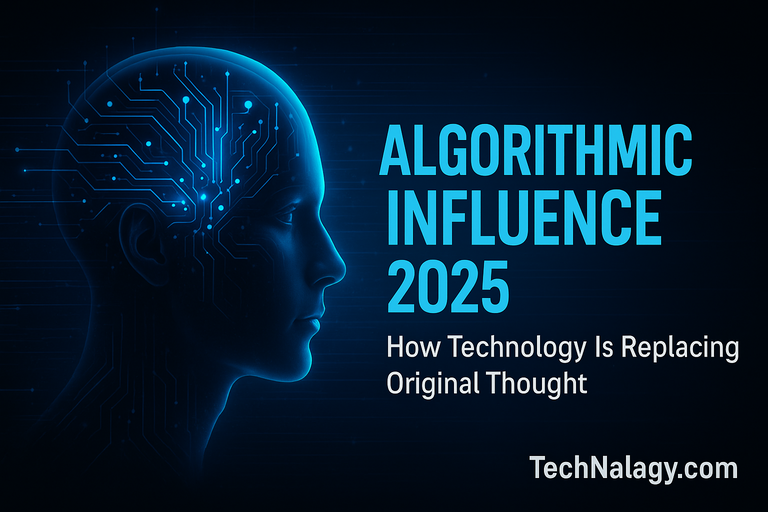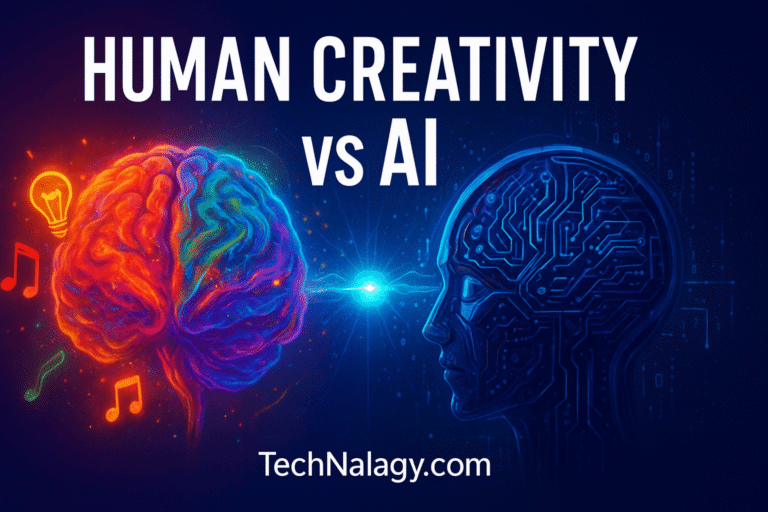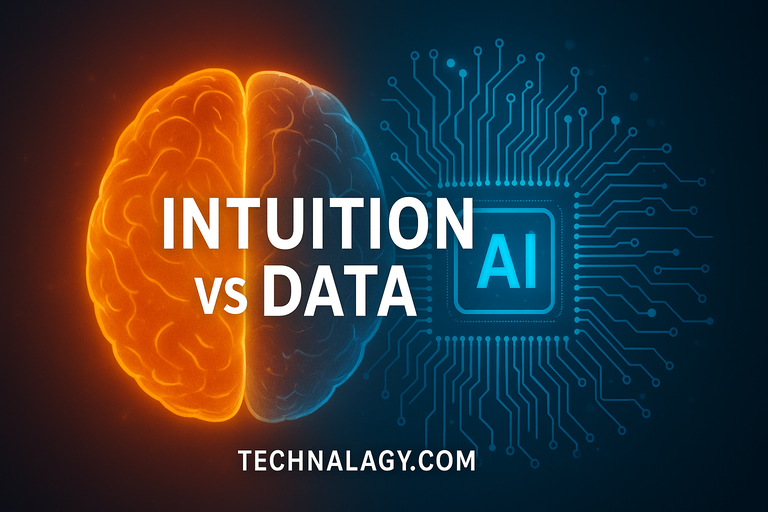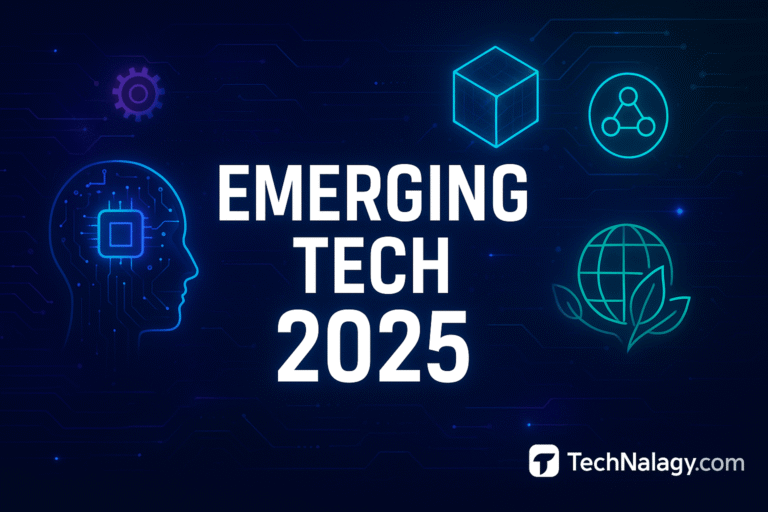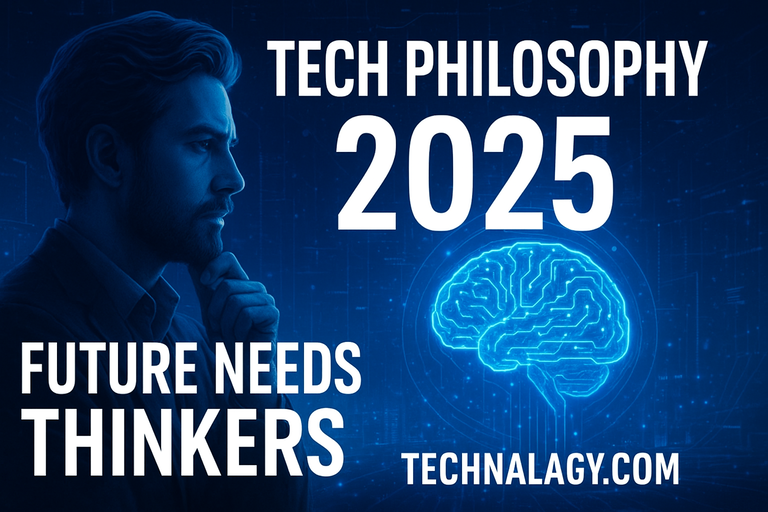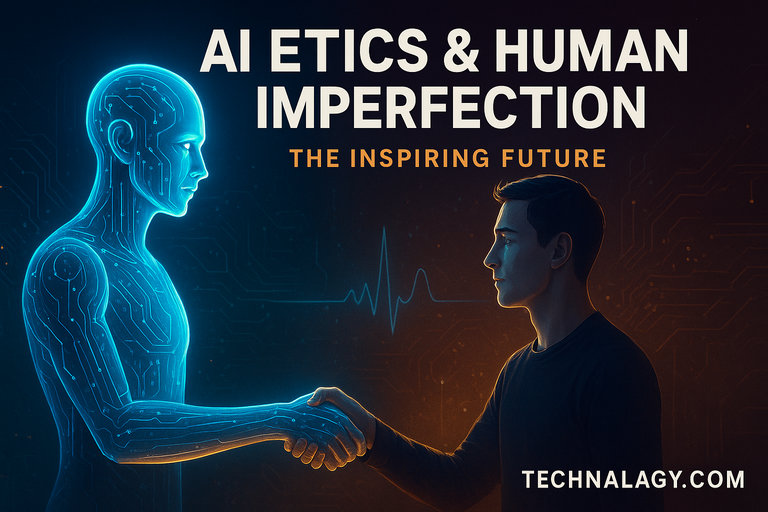Algorithmic Influence 2025: How Technology Is Quietly Replacing Original Thought
Introduction: The Invisible Power Behind Every Click
In 2025, our world runs on algorithms. From the videos we watch to the jobs we apply for, nearly every digital choice we make is subtly shaped by data-driven systems. This unseen hand guiding our decisions is what experts now call algorithmic influence—the growing power of automated systems to predict, suggest, and sometimes replace human judgment.
Algorithmic influence is no longer limited to recommendation engines or search rankings. It extends into how we think, what we believe, and even the originality of our creative work. As artificial intelligence (AI) continues to refine personalization, the line between human decision-making and algorithmic guidance blurs further. While this transformation brings efficiency and convenience, it also raises a deeper question: Are we still thinking for ourselves, or are algorithms thinking for us?
Table of Contents
The Invisible Power of Algorithmic Influence
At its core, algorithmic influence refers to the ability of machine-learning systems to shape human perception and behavior. By analyzing vast amounts of user data—search history, preferences, and engagement patterns—algorithms can predict what content will attract attention. In 2025, such predictions drive most of our digital interactions.
The Rise of Recommendation Systems and Filter Bubbles
Modern recommendation systems are engineered for engagement, not balance. Whether it’s Netflix suggesting your next series or YouTube auto-playing another video, the goal is to keep users watching longer. These systems create filter bubbles, personalized ecosystems where users see more of what they already agree with.
While this seems harmless, the consequences are significant. Users become trapped in digital echo chambers, rarely exposed to differing perspectives or new ideas. Over time, algorithmic influence narrows curiosity and reinforces predictable thinking—an invisible erosion of originality.
How Algorithms Shape Our Choices and Beliefs in 2025
The influence of algorithms extends beyond entertainment. In 2025, social media platforms, news feeds, and digital marketplaces all depend on complex algorithms that determine visibility, reach, and influence.
How Social Media Algorithms Manipulate Attention
Platforms like Instagram, TikTok, and X (formerly Twitter) rely on algorithmic ranking systems that prioritize emotional engagement—often outrage, humor, or controversy. This results in a feedback loop where sensational content thrives, while nuanced, critical thought is buried.
As the Harvard Business Review notes, algorithmic management systems now shape not just digital interactions but professional decisions, too. From employee productivity metrics to AI-driven hiring, algorithms subtly direct human behavior at scale.
Algorithms no longer just suggest content—they shape opinions, guide votes, and influence purchasing decisions. The subtlety is what makes algorithmic influence so powerful: most users are unaware that their “choices” are already optimized by unseen code.
🔗 Related reading: Shadow Productivity 2025: How Employees Are Secretly Using AI Tools explores how algorithms redefine workplace behavior behind the scenes.
The Psychology Behind Algorithmic Dependence
Humans are naturally drawn to convenience. Algorithms cater to that instinct by offering effortless solutions—pre-curated playlists, tailored news feeds, and automatic recommendations. Psychologically, this creates learned dependence on algorithmic systems.
Algorithmic Manipulation and Learned Dependence
Every time we let Spotify pick our music or LinkedIn suggest job connections, we reinforce algorithmic trust. Over months and years, users develop a subconscious belief that algorithms “know best.” This phenomenon reflects algorithmic manipulation, where constant exposure conditions people to rely more on machine predictions than their own intuition.
Over time, this reduces exploratory thinking. The user becomes a consumer of patterns, not a creator of ideas. This dependency may explain why algorithmic influence now shapes entire creative industries—where design trends, writing prompts, and even marketing ideas are generated by AI.
From Original Thought to Automated Thinking: The Human Cost
The transition from human-led thinking to algorithmic suggestion carries a quiet cost—loss of originality. As algorithms predict and pre-fill our digital lives, independent thinking risks becoming obsolete.
Case Studies: When Algorithms Override Human Judgment
- Hiring Systems: AI screening tools have been caught rejecting qualified candidates because their résumés didn’t match algorithmic patterns.
- Automated Content Curation: Journalists now face editorial pressure to produce “algorithm-friendly” stories designed for clicks.
- Creative Fields: Artists using AI-based tools often end up generating similar styles and patterns, limiting innovation.
These examples illustrate how algorithmic influence isn’t just shaping what we consume—it’s redefining how we create.
🔗 Also read: Beyond the Algorithm: Why Intuition Still Beats Data in the Age of AI for insights on the human edge in creative decision-making.
Ethical Concerns and the Need for Transparent Algorithms
With great computational power comes greater ethical responsibility. The more algorithms guide our choices, the more important it becomes to question their design, bias, and accountability.
Unregulated algorithmic bias can amplify discrimination. From racially skewed facial recognition to unequal loan approvals, biased datasets reflect human prejudices encoded into software. This raises a critical concern: Who oversees the morality of machines?
Transparency is the first step. Users must understand how algorithms make decisions and who benefits from those choices. Without transparency, trust in AI systems weakens—and algorithmic influence risks crossing into manipulation.
🔗 Read next: Why the Future of AI Ethics Depends on Human Imperfection explores why ethical AI requires acknowledging, not erasing, human flaws.
Algorithmic Influence Across Industries: Media, Education, and Work
Media
Algorithmic content curation now dominates journalism. News outlets rely on audience analytics to determine which stories surface first. The result: emotionally charged, easily shareable headlines replace in-depth analysis. The long-term consequence is a less informed but more reactive public.
Education
Adaptive learning software and AI-powered grading tools tailor lessons to student behavior. While efficient, they risk standardizing learning and suppressing creative problem-solving. Students learn to optimize answers for algorithms, not for understanding.
Work
As Harvard Business Review explains, algorithmic management tools monitor employee productivity minute-by-minute. While this improves efficiency, it introduces stress and conformity. Creativity—the unpredictable spark that drives innovation—rarely fits within algorithmic models.
Across these sectors, algorithmic influence is redefining the meaning of autonomy. It improves performance but may also replace free will with optimization.
Can Humans Regain Control Over Digital Decision-Making?
The good news: awareness of algorithmic dependency is growing. In 2025, both regulators and users are demanding accountability.
Balancing Automation with Human Agency
- Algorithmic Transparency: Platforms must disclose how recommendations are generated.
- User Education: Digital literacy programs teach people how algorithms work.
- Ethical AI Design: Developers must test algorithms for bias and explainability before deployment.
- Manual Curation Options: Giving users control over sorting and personalization preferences restores partial autonomy.
By combining regulation with individual awareness, society can maintain a healthy balance between automation and human intent.
The Future of Algorithmic Governance and Human Creativity
As AI systems evolve, algorithmic governance—the rules that control algorithms themselves—will play a crucial role. Future frameworks may require public audits, fairness testing, and independent oversight bodies.
Creativity will remain humanity’s strongest defense. True innovation arises from unpredictability—something algorithms struggle to replicate. Companies that foster human-centered AI design will lead the next decade, ensuring that automation empowers rather than replaces human imagination.
Conclusion: Redefining Authentic Thought in the Age of Algorithms
Algorithmic influence is both a marvel and a warning. It powers our personalized digital world, yet it also narrows the diversity of our thinking. In 2025, the challenge isn’t whether algorithms can think for us—it’s whether we can keep thinking independently while using them.
The next stage of technological progress shouldn’t aim to create smarter algorithms but more self-aware humans. Recognizing the influence of algorithms is the first step toward reclaiming originality, creativity, and genuine decision-making in a world increasingly driven by code.

Kamran Khatri is the founder of technalagy.com, where he shares insights on AI, future tech, gadgets, smart homes, and the latest tech news. Passionate about making innovation simple and accessible, he writes guides, reviews, and opinions that help readers stay ahead in the digital world.

